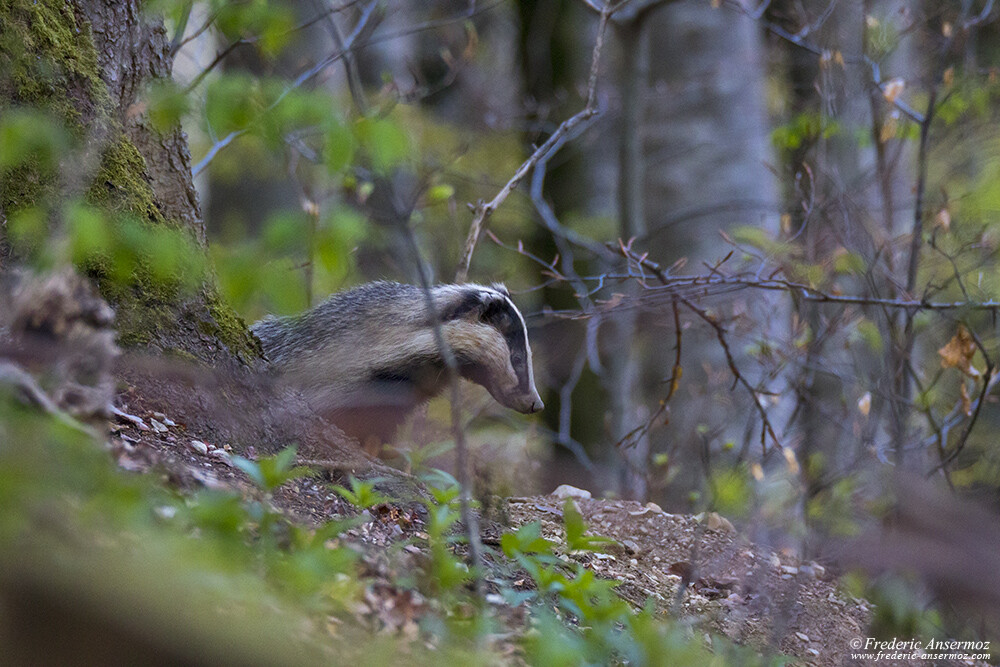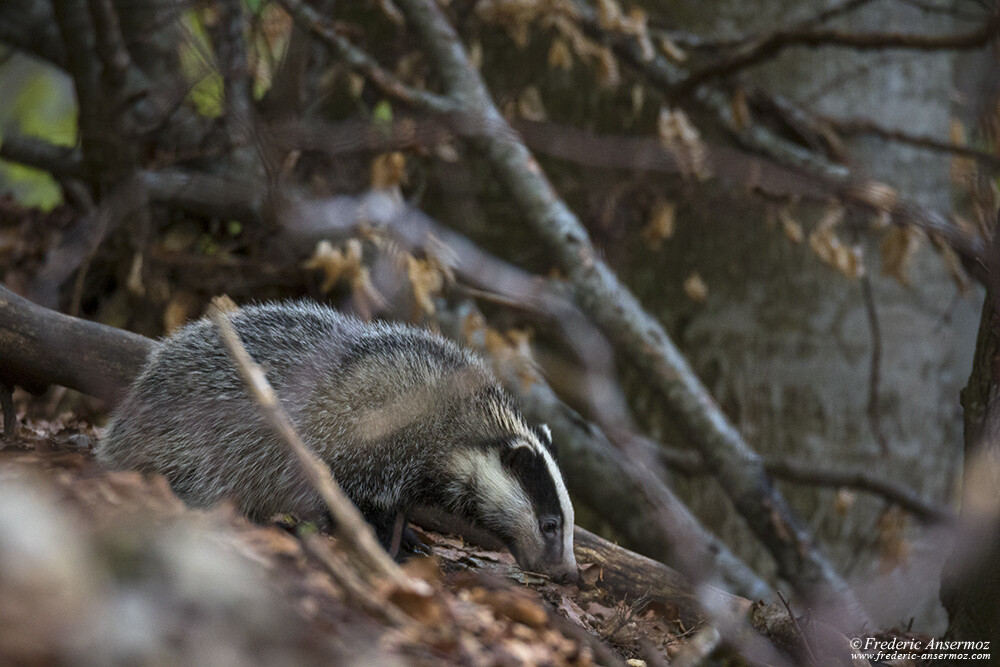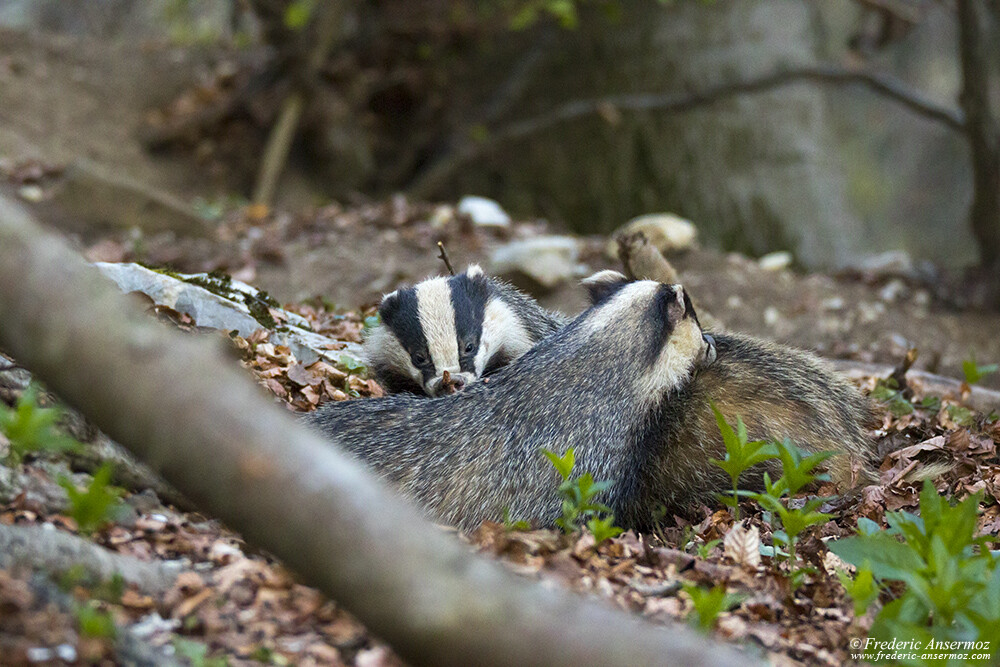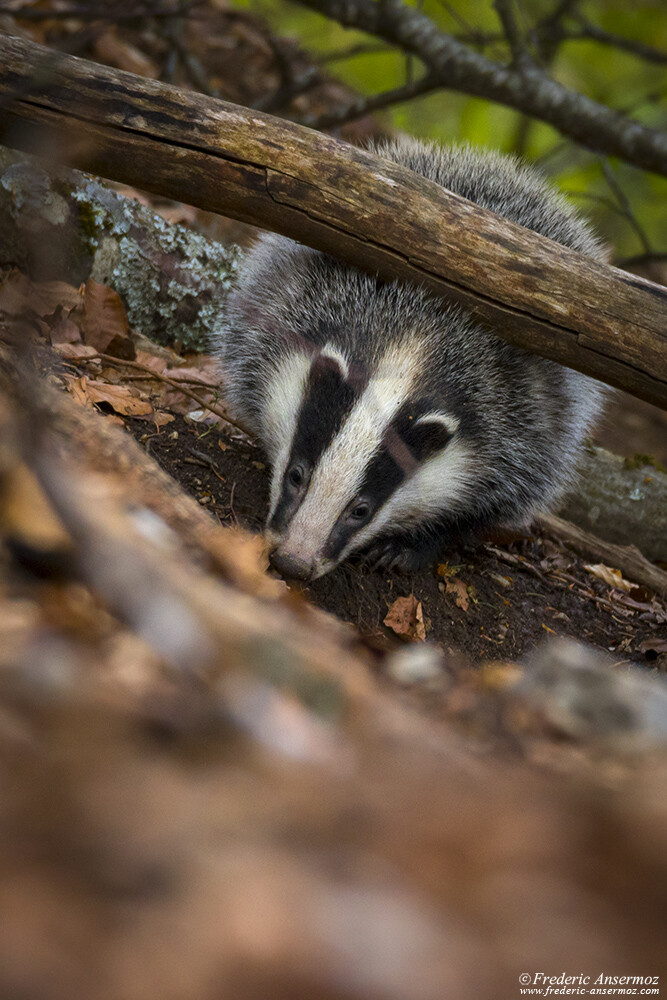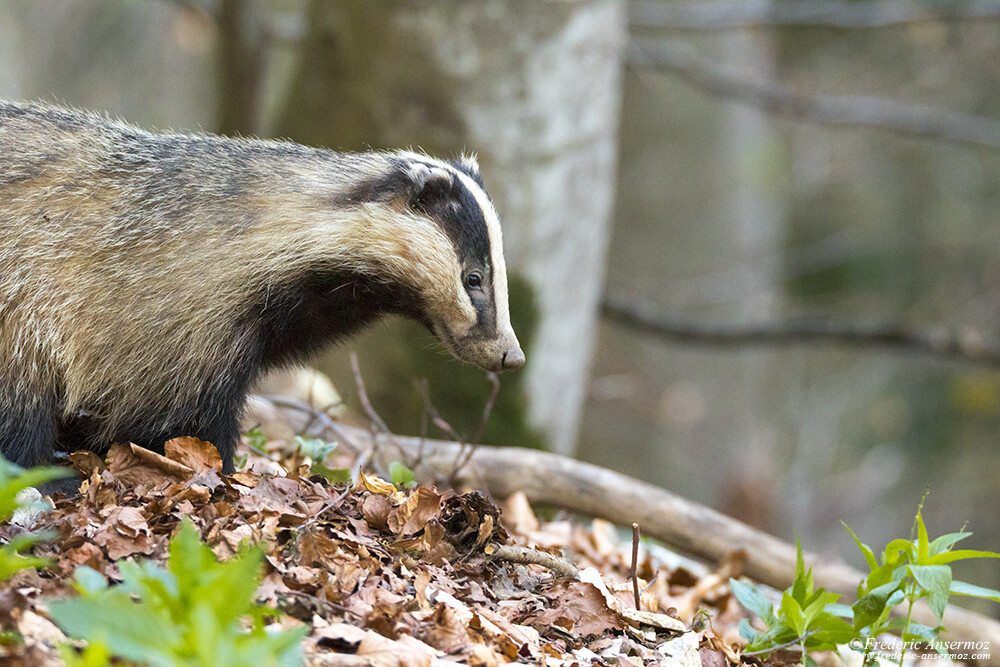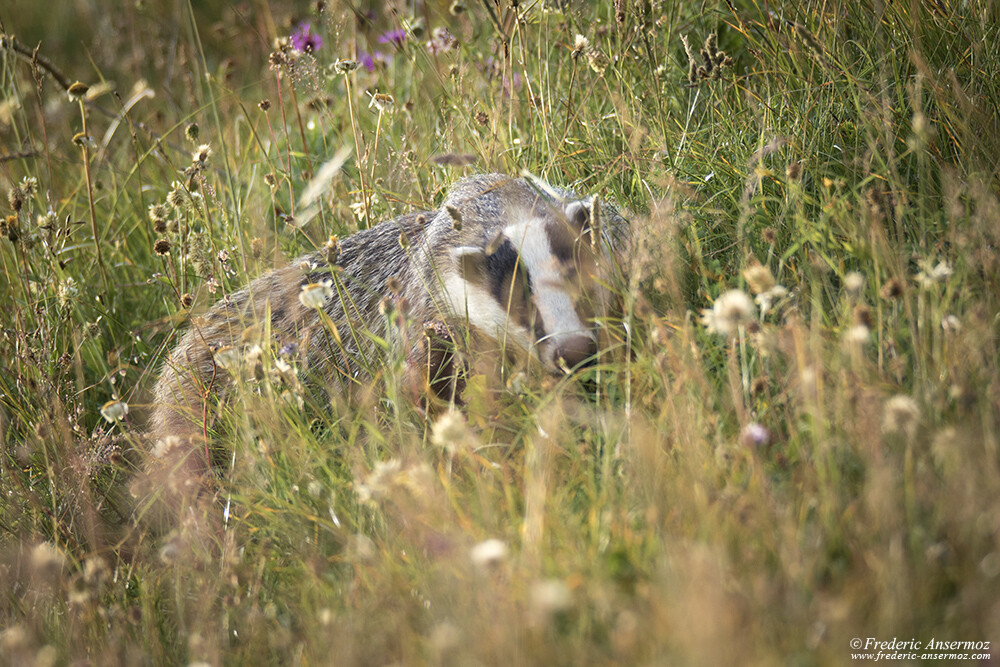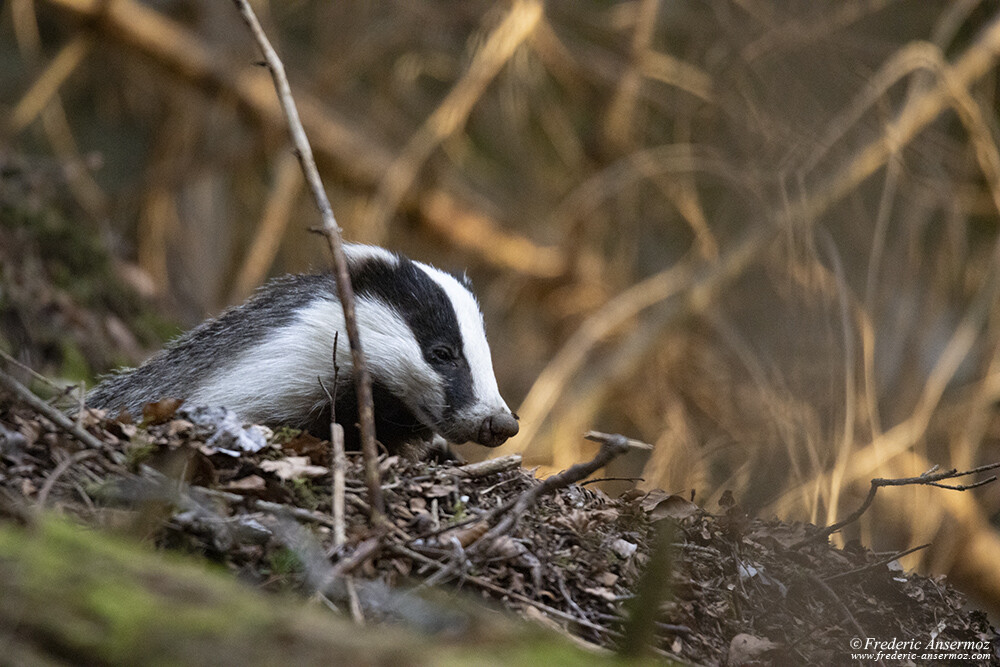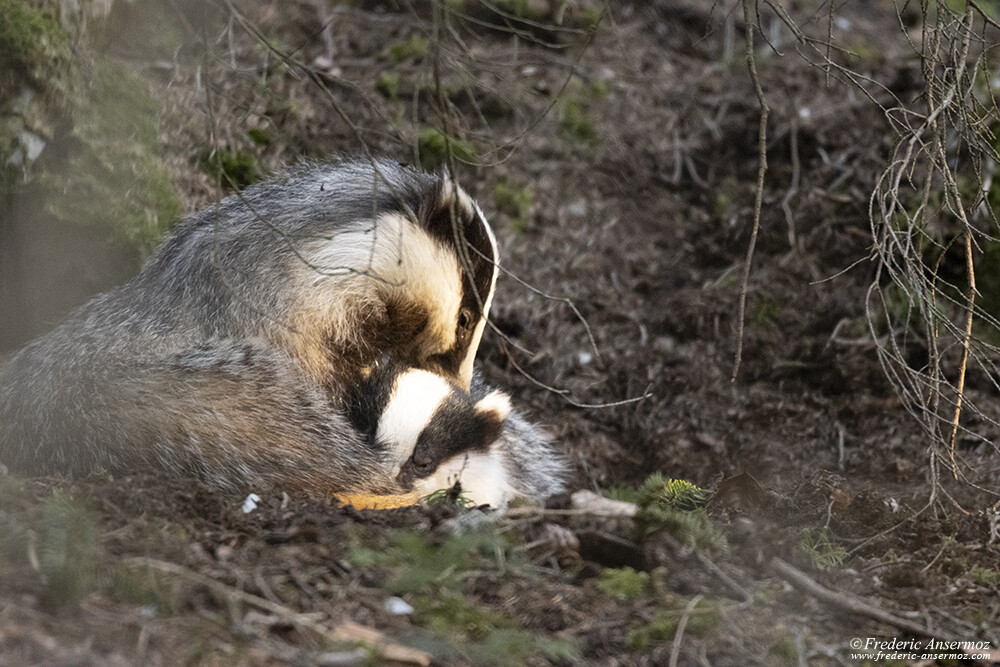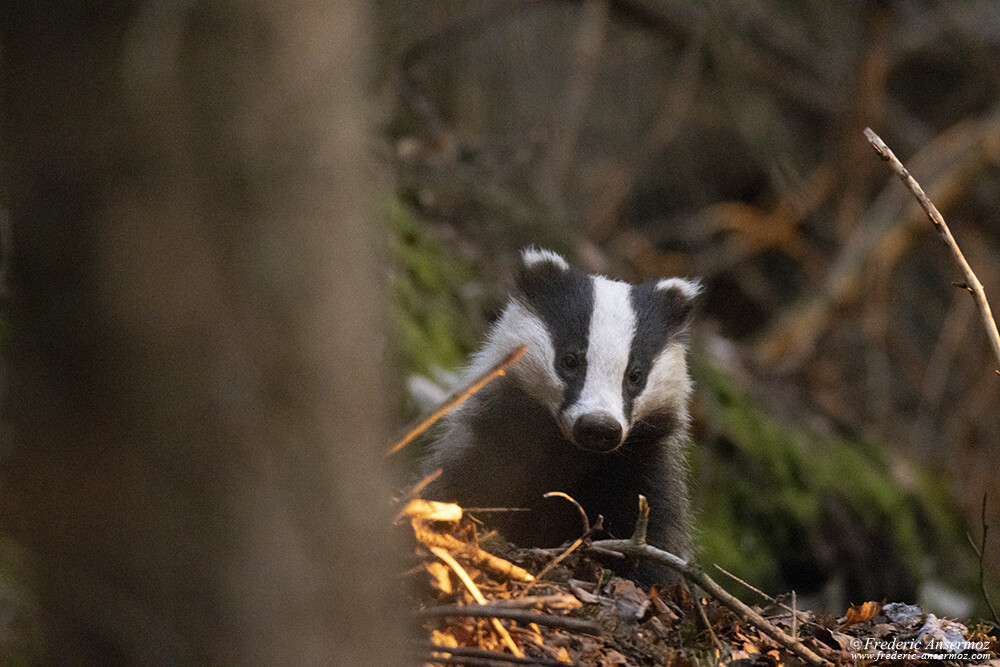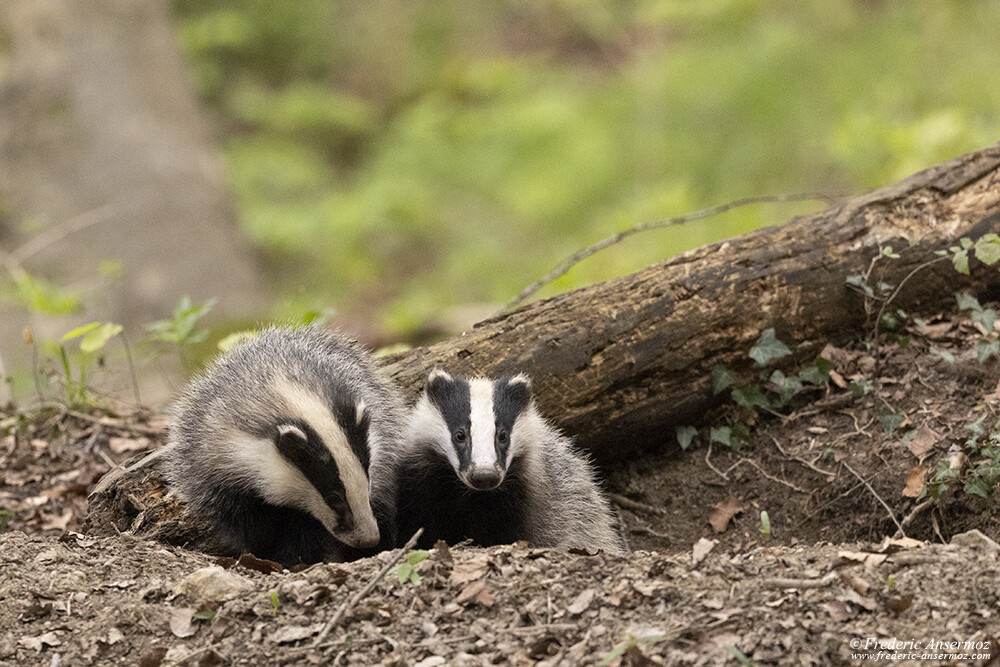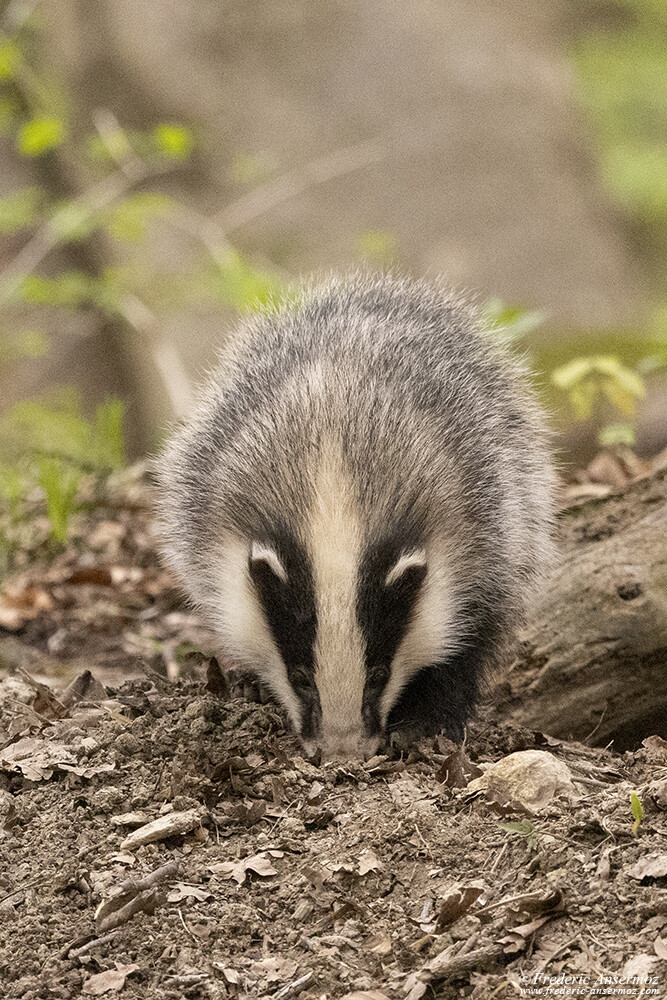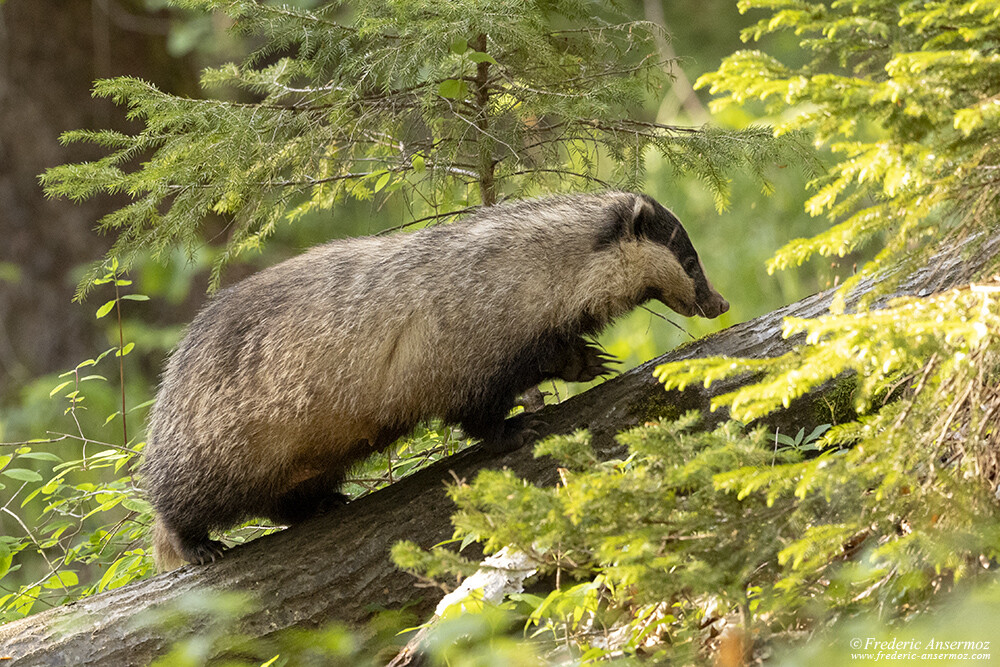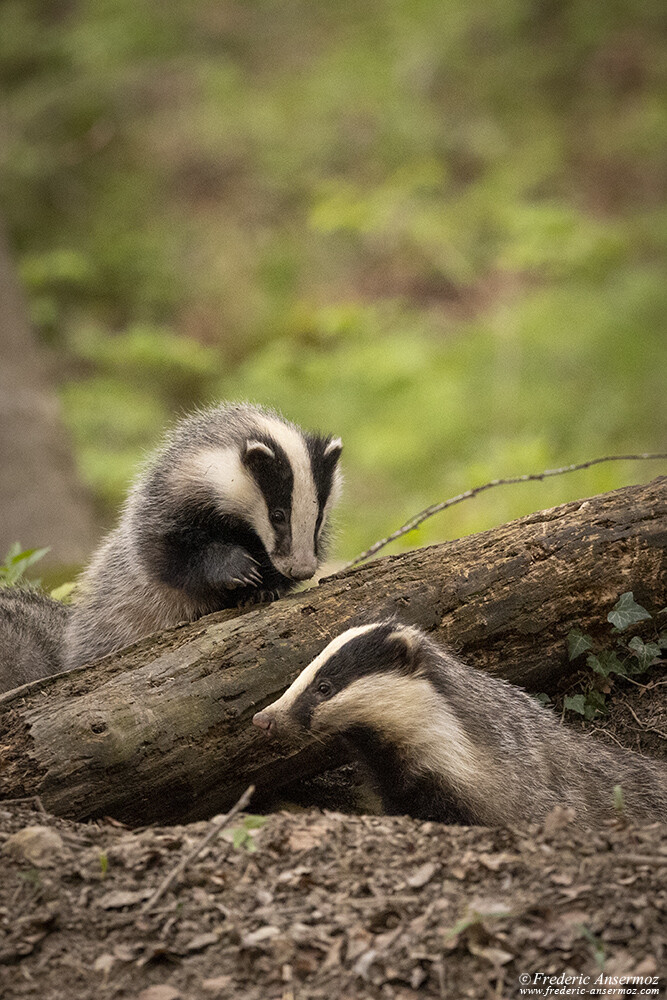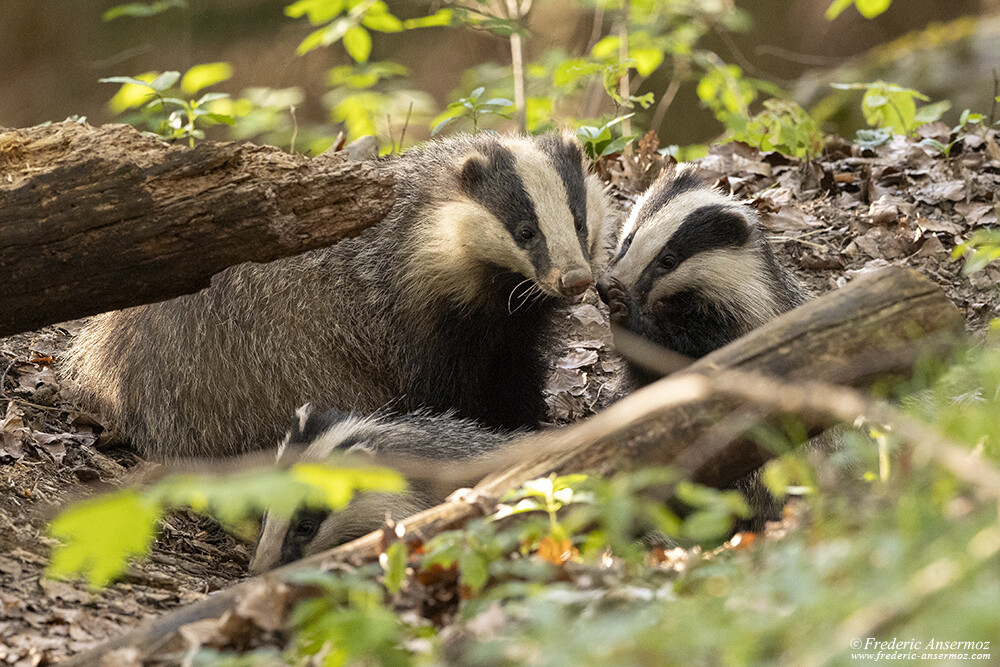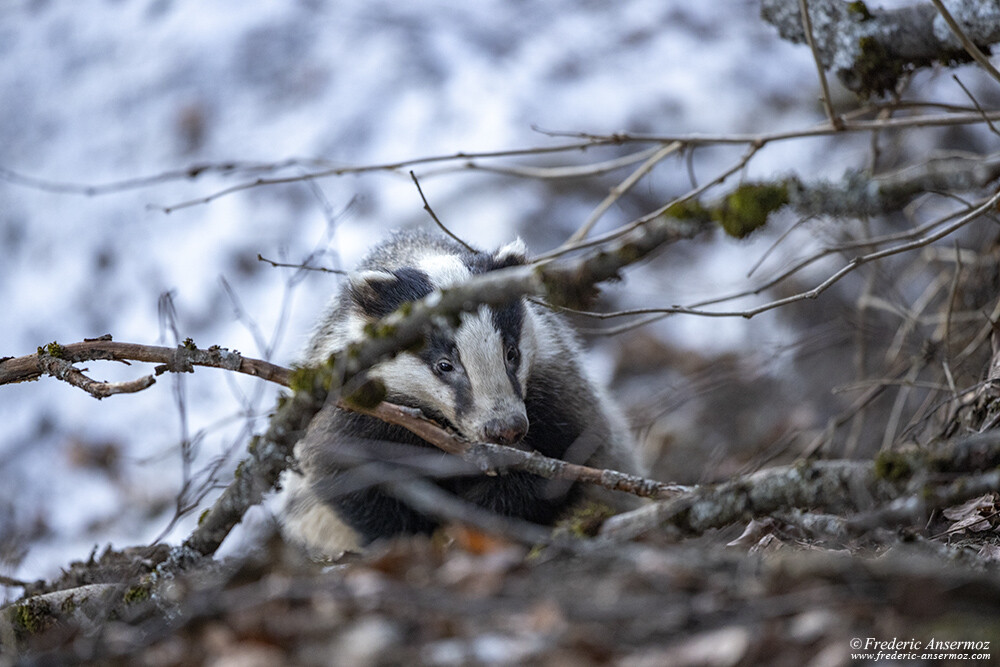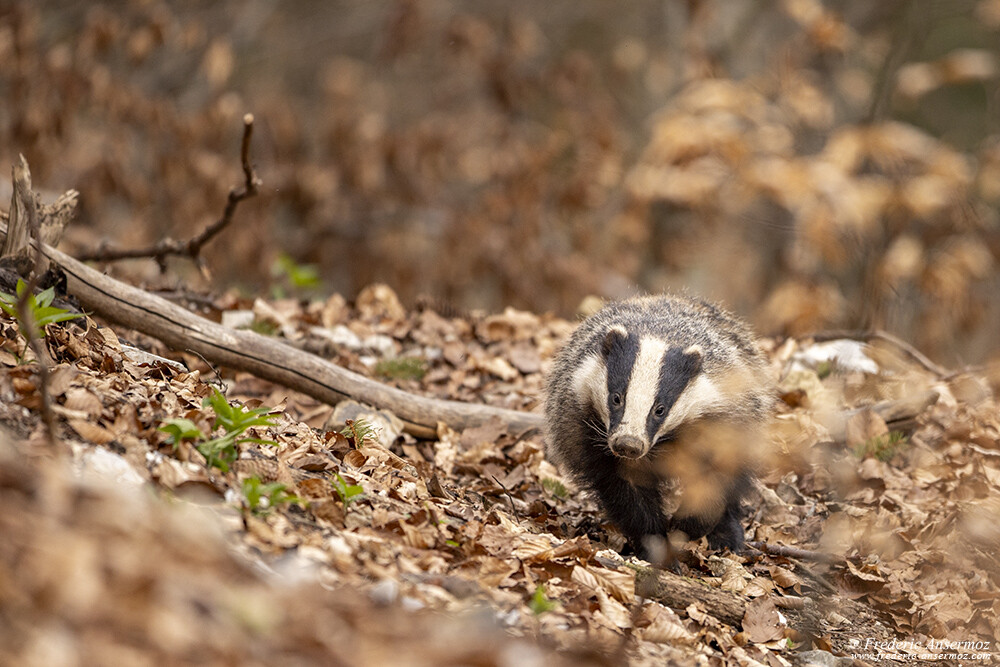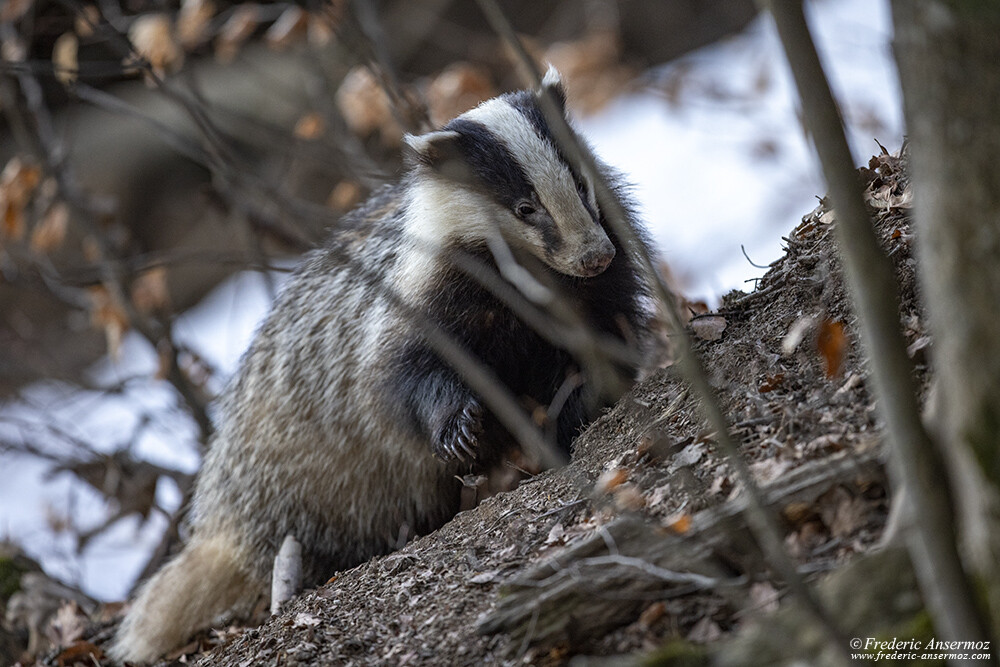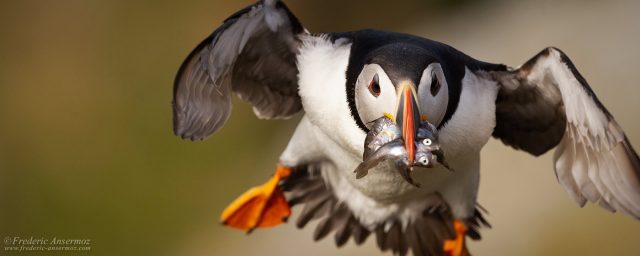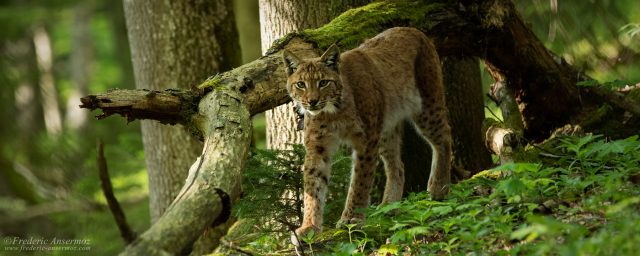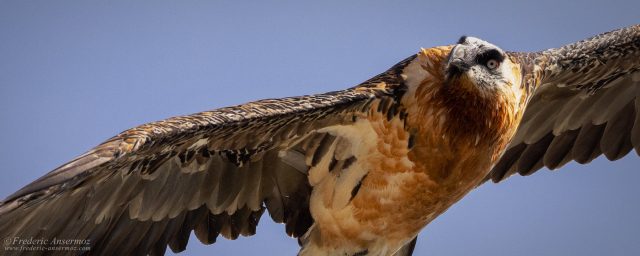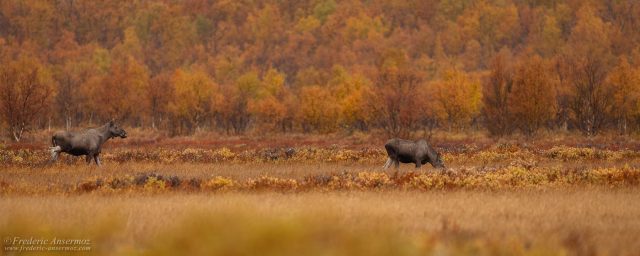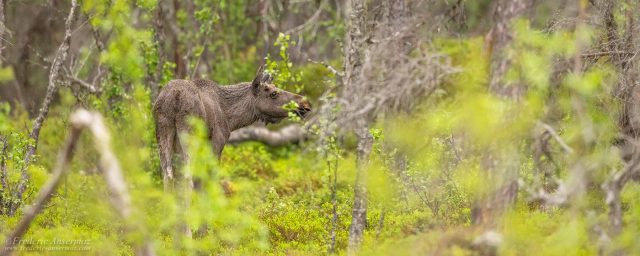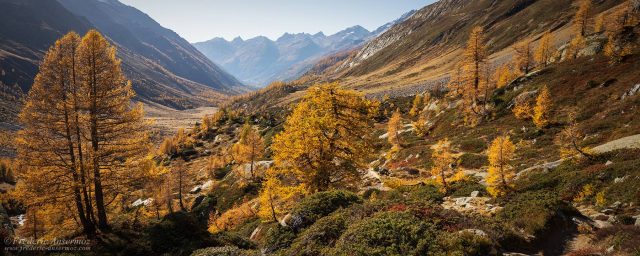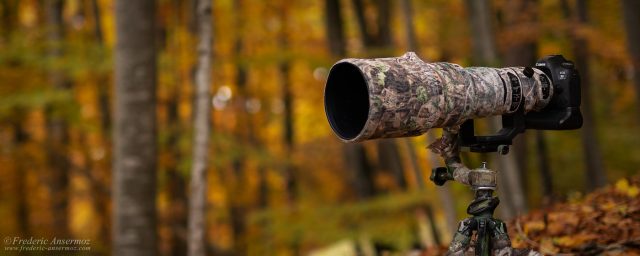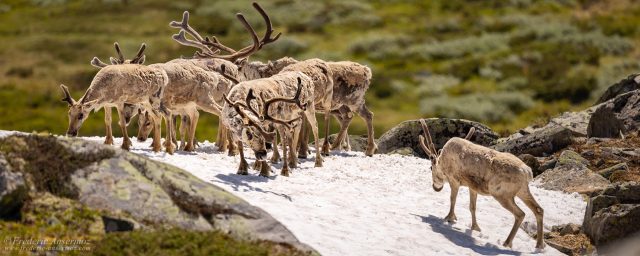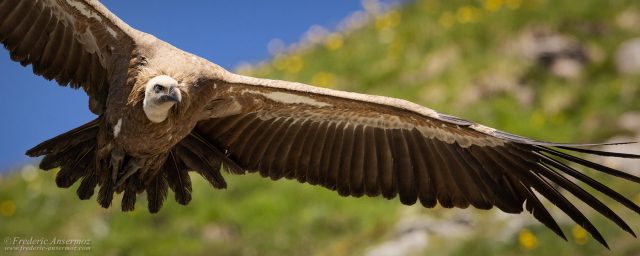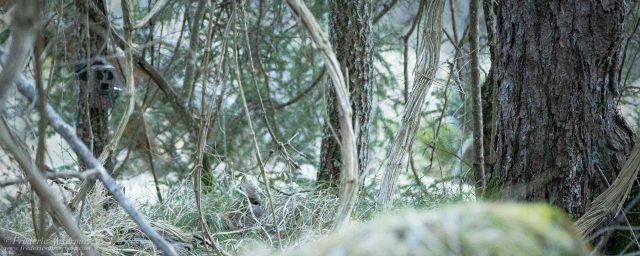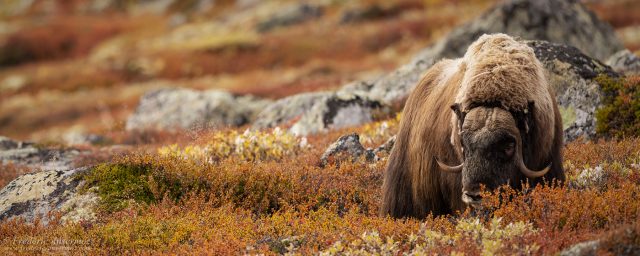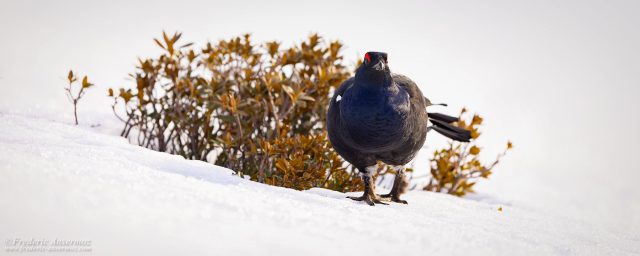Badger in Switzerland
The Badger in Switzerland: A Discreet and Fascinating Forest Dweller
The European badger (Meles meles) is an iconic mammal of Swiss forests. Discreet, nocturnal, and fascinating, this animal plays a crucial role in the ecosystem. Often misunderstood, the badger deserves special attention for its contribution to local biodiversity.
Well-Adapted to Its Environment
The European badger is characterized by its sturdy body, gray fur, and distinctive black-and-white facial stripes. This nocturnal animal measures between 70 and 90 cm and can weigh up to 17 kg.
It is particularly well-adapted to life in forests and semi-urban areas. The badger digs complex burrows, known as “setts,” which serve as family shelters. Some of these burrows, reused over multiple generations, can last for decades.
A Varied Diet
Omnivorous and opportunistic, the badger adapts to available resources. Its diet mainly consists of earthworms but also includes fruits, berries, fungi, insects, and occasionally small mammals. This dietary variety plays an important role in regulating insect populations and contributes to seed dispersal, thus maintaining ecological balance.
A Structured Social Life
Badgers live in family groups called “clans.” They share their territory and burrows with multiple generations. Their social life is discreet yet well-organized, with a clear distribution of tasks. Scent marking plays an essential role in defining territories and communication between individuals.
Threats and Conservation
Unfortunately, badgers face several threats in Switzerland. Collisions with vehicles, destruction of their natural habitat, and intensive farming practices directly impact their populations. Fortunately, badgers benefit from partial protection in Switzerland, helping to preserve this remarkable species.
Observing Badgers
Observing a badger in its natural habitat is a rare and precious experience. To maximize your chances, visit forests at dusk or dawn, remaining silent and respectful of nature. Tracks and burrow entrances are often valuable clues to their presence.

